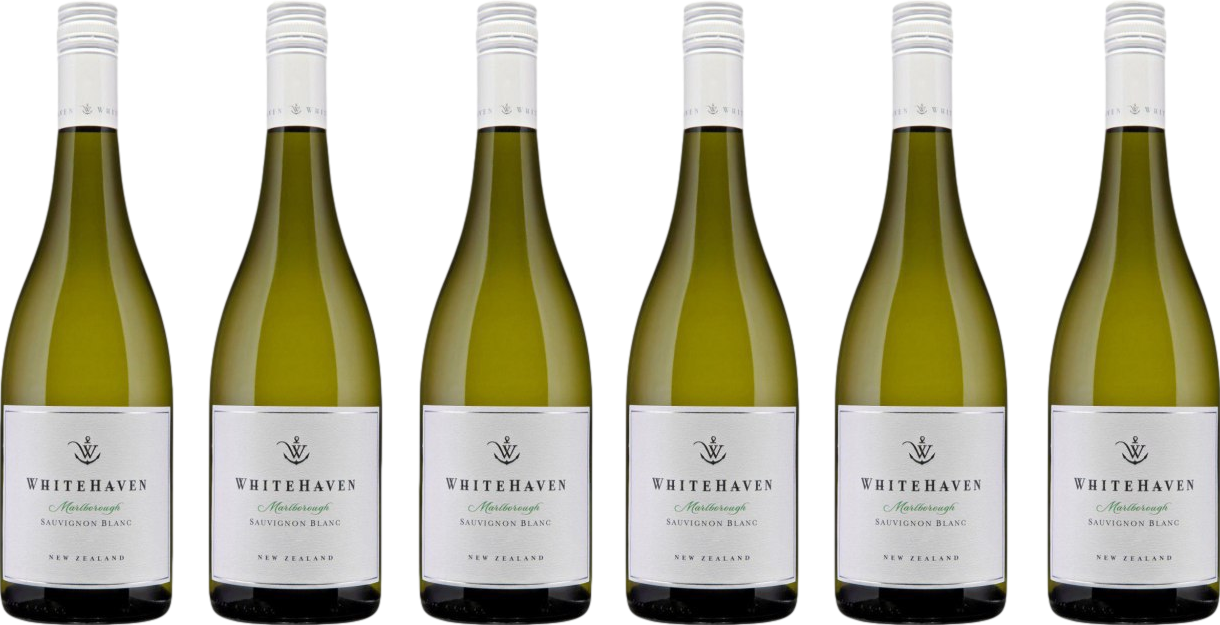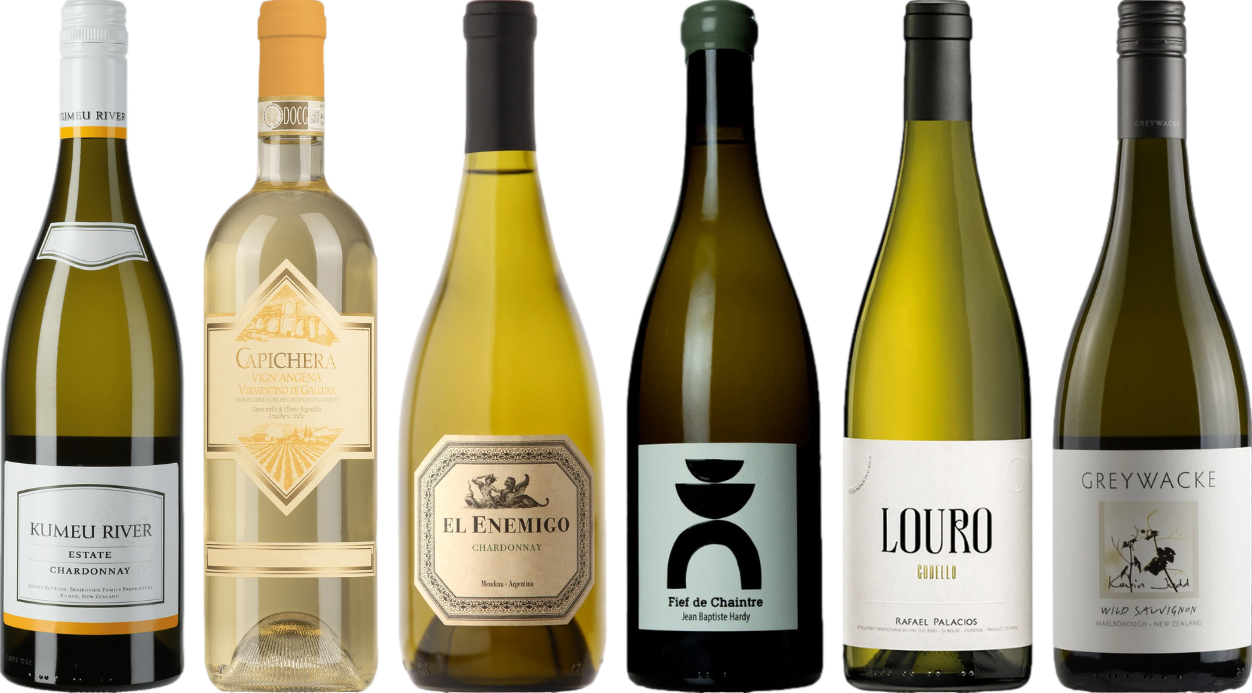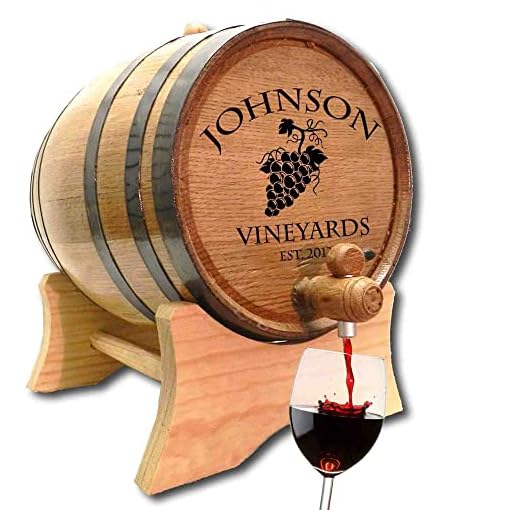



For those seeking a refreshing sip, look towards the world of vibrant, crisp whites. These selections are characterized by their low residual sugar content, delivering a clean and zesty experience on the palate. Notably, varieties like Sauvignon Blanc, Pinot Grigio, and Chardonnay stand out for their sharp acidity and bright fruit flavors, making them ideal companions for a variety of cuisines.
When selecting a bottle, consider the region of origin. French Sauvignon Blanc from Sancerre or New Zealand’s Marlborough region offers distinct herbal notes and citrus zest. On the other hand, an Italian Pinot Grigio often showcases a more floral bouquet and stone fruit characteristics. Each region imparts its own unique terroir, enhancing the overall tasting experience.
Food pairings elevate the enjoyment of these crisp selections. Fresh seafood, light salads, and even spicy Asian dishes complement the acidity and brightness of these beverages beautifully. For a delightful contrast, try pairing a chilled glass with creamy pasta or roasted chicken, allowing the flavors to harmonize on your palate.
Characteristics of a Crisp, Refreshing Beverage
For those seeking a clean, refreshing experience, consider options like Sauvignon Blanc or Pinot Grigio. These selections are often celebrated for their bright acidity and crispness, making them ideal for warm weather or light dishes.
When choosing a bottle, look for labels that indicate higher acidity levels. This feature enhances the drink’s invigorating quality. Additionally, you might encounter flavors ranging from citrus and green apple to floral notes, which contribute to a layered tasting experience.
Pairing is essential; these beverages complement seafood, salads, and light pasta dishes beautifully. For a unique twist, try serving alongside a flavorful sausage dish. If you’re curious about cooking techniques, check out this resource on how long does it take to cook sausage links.
Finally, serving temperature matters. Aim for a chilled state, typically between 45°F and 50°F, to maximize the refreshing qualities. Enjoying a glass at this temperature elevates the experience, enhancing both aroma and flavor.
Characteristics of Dry White Wine
To truly appreciate this category of beverage, focus on its defining traits. Generally, these drinks exhibit a crisp and refreshing profile, making them ideal for various occasions.
The primary characteristics include:
- Aromatic Profile: Expect vibrant notes of citrus, green apple, pear, and sometimes herbal or floral hints. The aroma plays a significant role in enhancing the overall experience.
- Acidity: High acidity is a hallmark feature, contributing to the refreshing quality. This sharpness balances the flavors and pairs excellently with rich dishes.
- Body: These selections can range from light to medium-bodied. Lighter versions tend to be more delicate, whereas medium-bodied options provide a fuller mouthfeel.
- Alcohol Content: Typically, the alcohol level varies from 11% to 14%, depending on the region and varietal, influencing the overall character.
When selecting, consider the varietals. Sauvignon Blanc often showcases zesty acidity, while Chardonnay can present a creamier mouthfeel, especially when oak-aged. For a more complex experience, explore blends that combine different grapes.
Food pairing enhances enjoyment. Opt for seafood, poultry, or salads to complement the beverage’s crispness. The right pairing elevates both the dish and the drink, creating a harmonious dining experience.
In conclusion, understanding the characteristics of this beverage enriches appreciation and enhances selection. Embrace the diversity and explore various options to find your personal favorites.
Popular Varietals of Dry White Selections
Chardonnay stands out as a versatile choice, often showcasing flavors from citrus to stone fruits. It can be oaked or unoaked, each style offering a distinct character. For a crisp, refreshing palate, opt for a Chablis, which is known for its mineral notes and vibrant acidity.
Sauvignon Blanc is another favorite, particularly from regions like New Zealand and the Loire Valley. Expect zesty notes of gooseberry and lime, with a refreshing finish. This varietal pairs beautifully with seafood and green vegetables.
Riesling and Pinot Grigio
Riesling, often misunderstood, can be made in a dry style that highlights its floral and citrus characteristics. German Rieslings from regions like Mosel can provide a wonderful balance of acidity and fruitiness, making them excellent companions for spicy dishes.
Pinot Grigio, particularly from Italy, delivers crisp acidity and light body, with flavors of pear and apple. It’s perfect for warm weather and light fare, making it a popular choice for casual gatherings.
Other Noteworthy Varietals
Grüner Veltliner from Austria is notable for its peppery notes and green apple flavors. It’s an exceptional match for Asian cuisine. Meanwhile, Albariño from Spain offers bright acidity and stone fruit flavors, making it delightful with shellfish.
Each of these varietals brings something unique to the table, enhancing food pairings and elevating any occasion. Explore these selections to discover your favorites and enjoy the diverse flavors they offer.
Food Pairings for Dry White Wine
For seafood lovers, a crisp Sauvignon Blanc pairs beautifully with grilled shrimp or oysters, enhancing the oceanic flavors. Try a Chardonnay with buttery lobster or creamy risotto; the richness of the dish complements the wine’s texture.
Cheese and Charcuterie
Goat cheese harmonizes well with a zesty Sauvignon Blanc, while a creamy Brie is best enjoyed with a smooth Chardonnay. A charcuterie board featuring prosciutto and salami can be lifted by a refreshing Pinot Grigio.
Vegetarian Dishes
For vegetable-based meals, opt for a light, herbal Sauvignon Blanc with asparagus or a rich, oaked Chardonnay with roasted cauliflower. A refreshing Vermentino pairs excellently with Mediterranean dishes like grilled eggplant or ratatouille.
| Dish | Recommended Pairing |
|---|---|
| Grilled Shrimp | Sauvignon Blanc |
| Buttery Lobster | Chardonnay |
| Goat Cheese | Sauvignon Blanc |
| Roasted Cauliflower | Oaked Chardonnay |
| Grilled Eggplant | Vermentino |
How to Properly Serve Dry White Wine
Chill to the optimal temperature of 45-50°F (7-10°C) before serving. This enhances the refreshing qualities and allows the flavors to shine. Use a thermometer for accuracy; a simple touch may mislead you.
Choose the right glass. A standard white wine glass, with a narrower bowl, helps preserve the crispness and directs the aromas toward your nose. Avoid wide bowls, which can diminish the overall experience.
Pour about one-third full to allow room for the aromas to develop. This also prevents spills and enables guests to swirl the liquid gently, enhancing the olfactory notes.
Serve in a clean, clear glass. Any residue can affect the aroma and taste. Rinse with cold water before pouring, but avoid using soap, as it can leave a lingering taste.
Consider aeration. For some varietals, a few minutes of exposure to air can elevate the flavor profile. If time permits, decanting can also be beneficial, especially for more complex selections.
Pair with appropriate accompaniments. While serving, offer light snacks or cheeses that complement the drink, enhancing the overall tasting experience.
Maintain proper serving etiquette. Hold the glass by the stem to avoid warming the contents with your hand. This preserves the ideal temperature and keeps the focus on the beverage itself.
Lastly, enjoy the moment. Engage with guests about the flavors and characteristics, fostering a deeper appreciation for each pour. Sharing knowledge enhances the enjoyment of this delightful beverage.
Understanding Dryness Levels in White Wine
The scale of sweetness in white grape beverages can be quite nuanced. Generally, the measurement of residual sugar defines the dryness level. For a beverage to be classified as “dry,” it should contain less than 1% residual sugar, approximately 0-4 grams per liter. This low sugar content means that these beverages often exhibit a crisp, refreshing profile, making them perfect companions for various dishes.
Acidity plays a significant role in how we perceive dryness. Higher acidity can enhance the sensation of dryness, even in beverages with slightly higher sugar levels. This balance between acidity and sugar can create a more complex flavor profile. For example, a highly acidic beverage with a hint of sweetness can taste drier than one with lower acidity.
Fermentation techniques also influence this aspect. Complete fermentation, where sugars are fully converted into alcohol, results in a more pronounced dryness. In contrast, halting fermentation midway retains some sugars, leading to a sweeter experience. Understanding these processes helps in selecting the right choice for your palate.
When exploring the spectrum of dryness, it’s essential to consider personal preferences. Some individuals may prefer a more pronounced dryness, while others might enjoy a subtle hint of sweetness. Tasting various options can enhance your understanding of these unique characteristics.
Storing and Aging Dry White Wine
Maintain these bottles in a cool, dark place, ideally between 45°F and 65°F (7°C to 18°C). Temperature fluctuations can harm the liquid, so a consistent environment is crucial.
Humidity plays a significant role; aim for around 70% to prevent corks from drying out. A dry cork allows air to seep in, spoiling the contents. Use a wine fridge or cellar if available, as these are designed to create optimal conditions.
Position bottles horizontally to keep the cork moist. This is particularly important for those sealed with corks, as a dry cork can lead to oxidation. If using screw caps or synthetic corks, this is less of a concern.
Avoid exposing the bottles to direct sunlight or fluorescent lights, as these can degrade the flavors. If you must store them in a visible location, consider using UV-filtering glass or wrapping them in a protective cloth.
Unlike some red varieties, most selections in this category are not meant for extended aging. They generally excel when consumed within a few years of bottling. However, certain varietals, like high-quality Sauvignon Blanc and Chardonnay, can develop beautifully over time. Monitor these carefully to enjoy their evolving characteristics.
When ready to serve, ensure the bottles are well-chilled to highlight their refreshing qualities. Proper storage and attentive aging can elevate your experience, making each pour a delightful moment.










